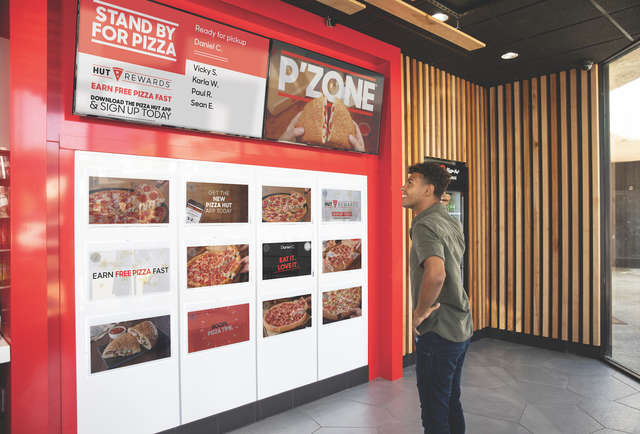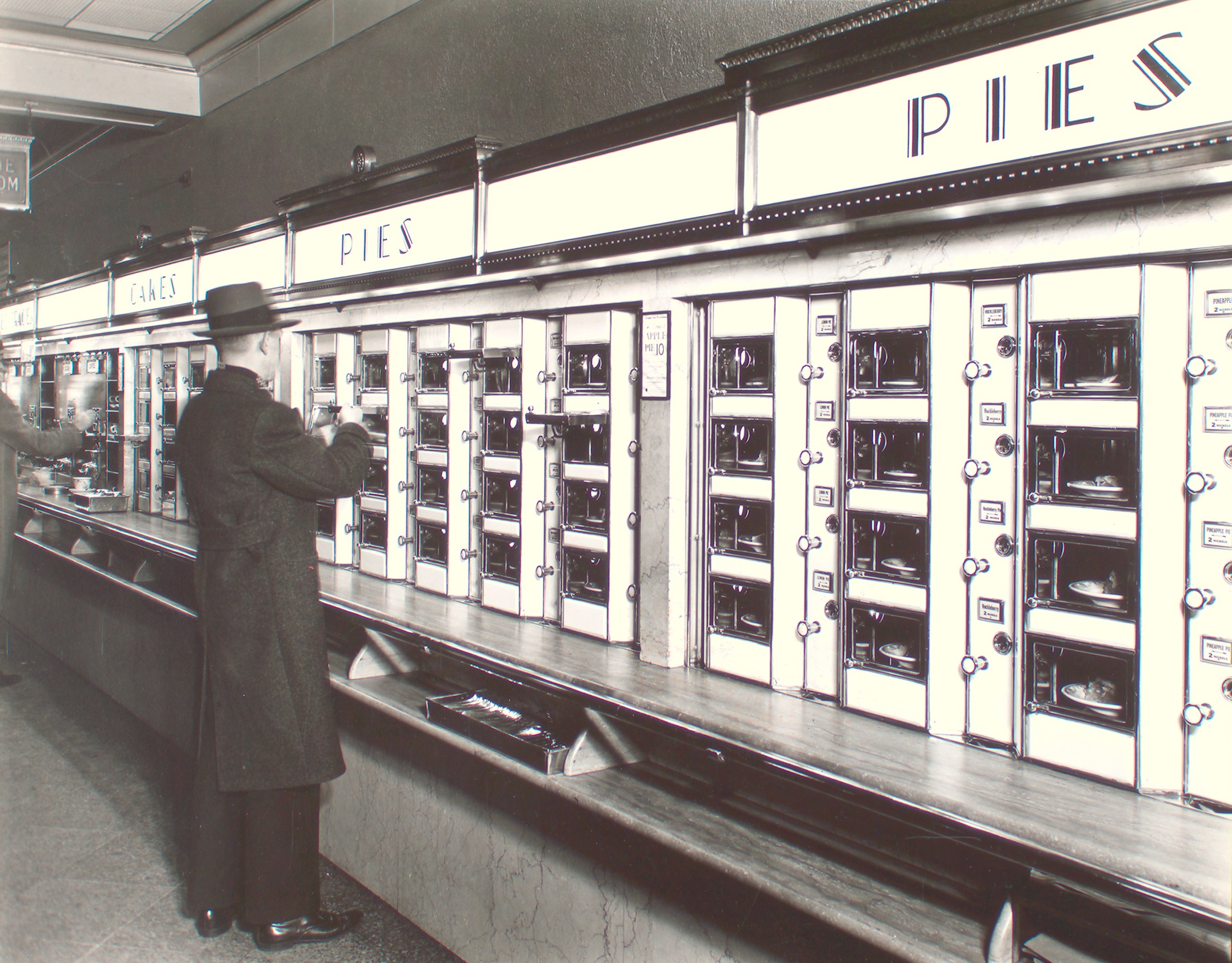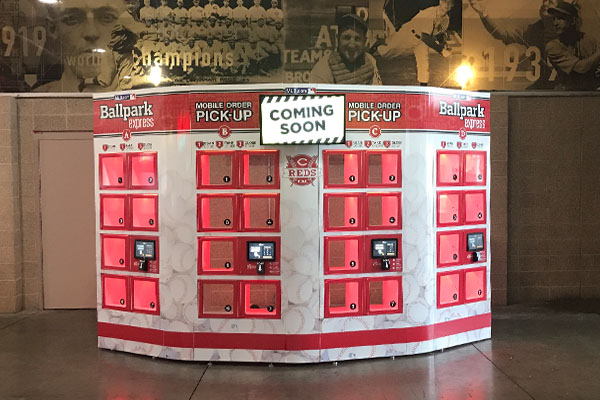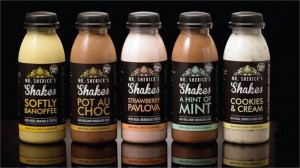
GUEST POST from Shep Hyken
When you think of recognizable brands, companies like Coke, Apple, Amazon, and McDonald’s come to mind. It’s hard to imagine there is anyone who wouldn’t recognize the brand name or logo of these companies. Some of my clients have said something like, “If we could just get a fraction of that kind of recognition, it would be a huge accomplishment.” Well, meet Benihana. Yes, the restaurant chain known for chefs putting on amazing, entertaining cooking demonstrations at your table while they prepare your delicious meal.
Benihana is an American restaurant company founded by Hiroaki Aoki in New York City in 1964. Today, its 116 restaurants serve about 18 million guests each year, and according to CEO Tom Baldwin, Benihana has 90% brand recognition. That’s incredible. Think about this for a moment. McDonald’s, with almost 13,500 restaurants in the U.S. serving millions of people each day, has almost 100% brand recognition. Benihana, with just 116 restaurants, has 90% brand recognition.
How did they do it? The restaurant chain has never strayed from what brought its original success. It is not the neighborhood restaurant you go to every week. This “special occasion” restaurant is known for creating great guest memories, which is their motto.
At a recent meeting of general managers, Baldwin shared what has made the Benihana brand a success, and how it will continue to be even more successful in the future. These strategies are the “brand builders” that have helped make Benihana so recognizable and can do the same for you:
- A One-of-a-Kind Restaurant Platform. While there may be some competition in local markets, with 116 restaurants, it is the largest chain of its kind. If you’re not already, what could you do to become a one-of-a-kind brand? What makes you unique?
- Timeless Appeal that Transcends Generations. If you walk into a Benihana, you will see young and old. Families are there celebrating children’s and grandparents’ birthdays. There are couples, young and old, celebrating anniversaries. Companies host events for their employees and customers. There are no age boundaries at Benihana. While most companies don’t have such a wide customer base, you must understand who your customers are and create an experience that is both timely and timeless.
- An Exceptional Leadership Team, Culture and Infrastructure. Benihana has a system. They deliver a consistent and predictable experience. It doesn’t matter if you’re in a restaurant in New York, Los Angeles, Miami or any of the other 113 locations, you will have a similar experience. Its leadership team, from headquarters down to managers of each location, along with the culture and processes, ensures the same great memories are created regardless of location. With focused effort, any company can create a consistent experience that comes from a good system and the right culture.
- A Clean Environment. A guest can expect to have an excellent meal and a great experience in a spotless environment. This is an important point. While you may not want to eat off the floor of any restaurant, they do their best to make you feel as if you could. Cleanliness creates guest confidence. Anything less may send a negative message. For example, a dirty floor means the food might not be fresh. What’s your version of the dirty floor? What sends mixed or negative messages to your customers?
- The Kaizen Philosophy. It may not be a surprise that a Japanese restaurant chain embraces Kaizen, the Japanese business philosophy focused on continuous improvement. It is a strategy in which all employees work together to find new ways—large or small—to improve the process. The five principles of Kaizen include teamwork, personal discipline, improved morale, quality circles and suggestions for improvement. The growth and innovations that Benihana has created come from its attention to Kaizen, a philosophy that can be embraced by any company.
- Engaging and Embracing the Community. Part of the Benihana company mission is to “engage and enhance the community.” How do you get involved with your community? More and more, customers are being drawn to companies that support what they believe in. It could be a cause in the local community or something as large as the sustainability of the environment. It’s about giving back.
- An Unparalleled Guest Experience. It’s all about the guest experience at Benihana. They relentlessly focus on creating great guest memories. They also recognize that the guest experience comes from the right employee experience. The strategy—and lesson—are simple. Focus on the employee and customer experiences. Create the experience that makes your customers say, “I’ll be back!” This is an appropriate strategy for every company—one you want all your customers to associate with your brand.
This article originally appeared on Forbes
Image Credit: Pixabay
![]() Sign up here to get Human-Centered Change & Innovation Weekly delivered to your inbox every week.
Sign up here to get Human-Centered Change & Innovation Weekly delivered to your inbox every week.




 Some business models and products have been around so long that we just take them for granted, while others concepts that are becoming new business models are so new that we’re not quite sure what to expect. It is probably easiest to explain what I mean and why this juxtaposition is important by looking at a few examples. Most of these examples involve challenging our orthodoxies.
Some business models and products have been around so long that we just take them for granted, while others concepts that are becoming new business models are so new that we’re not quite sure what to expect. It is probably easiest to explain what I mean and why this juxtaposition is important by looking at a few examples. Most of these examples involve challenging our orthodoxies. Chicken processors used to throw the feet away after processing a truckload of chickens, but after they discovered that chicken feet are a delicacy in several Asian countries, they stopped throwing them away and instead started exporting them. In fact, chicken feet sell for more per pound than chicken breasts in China.
Chicken processors used to throw the feet away after processing a truckload of chickens, but after they discovered that chicken feet are a delicacy in several Asian countries, they stopped throwing them away and instead started exporting them. In fact, chicken feet sell for more per pound than chicken breasts in China.
 Britain has always been a hotbed of innovation, and the country that brought us Pret a Manger and Innocent smoothies brings us this tasty treat. Mr. Sherick’s Shakes brings people a little bit of luxury to their day in the form of their high quality milkshakes.
Britain has always been a hotbed of innovation, and the country that brought us Pret a Manger and Innocent smoothies brings us this tasty treat. Mr. Sherick’s Shakes brings people a little bit of luxury to their day in the form of their high quality milkshakes.  People always love something new and different, even if it is something old that has disappeared from the market. This is why fashion runs in cycles, and in a mature category like soft drinks there is no reason why we shouldn’t keep these principles in mind and see if now is the time to bring something back, or to see if there is an orthodoxy that we shouldn’t now look at challenging to see if an opportunity might not be created.
People always love something new and different, even if it is something old that has disappeared from the market. This is why fashion runs in cycles, and in a mature category like soft drinks there is no reason why we shouldn’t keep these principles in mind and see if now is the time to bring something back, or to see if there is an orthodoxy that we shouldn’t now look at challenging to see if an opportunity might not be created. 
 According to
According to